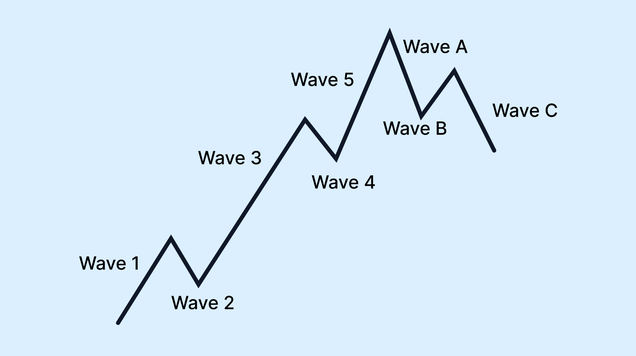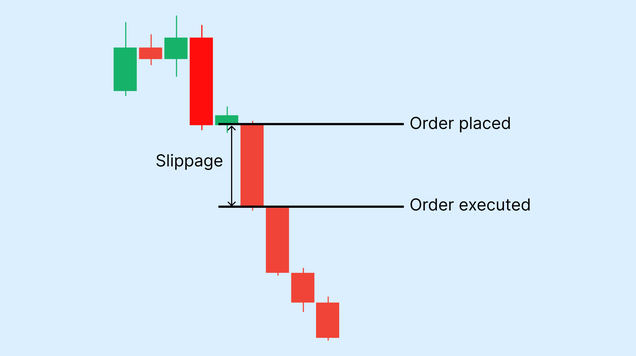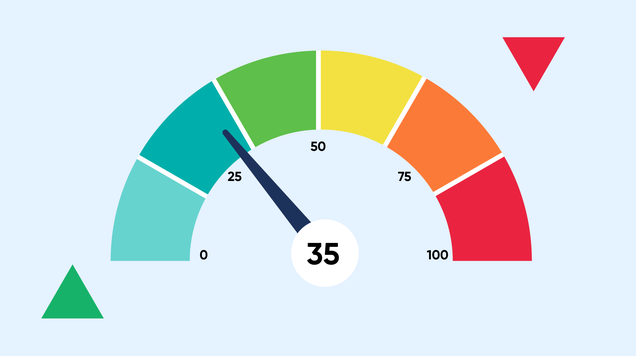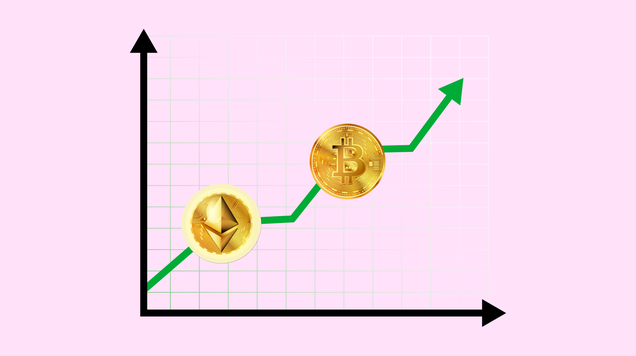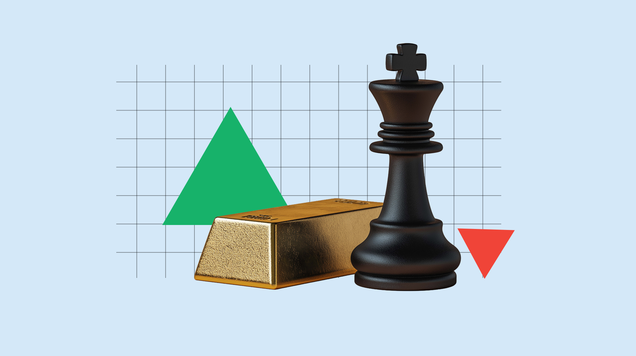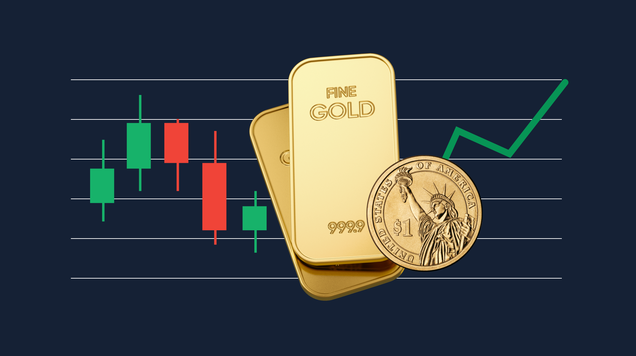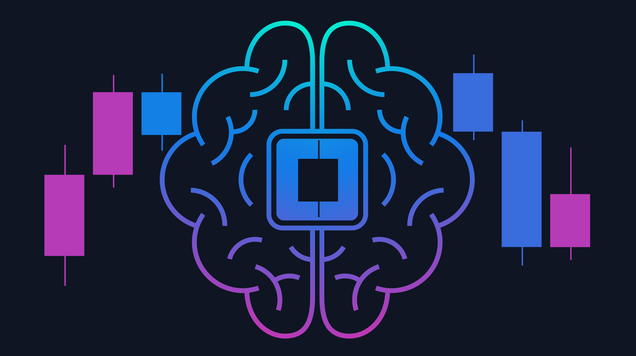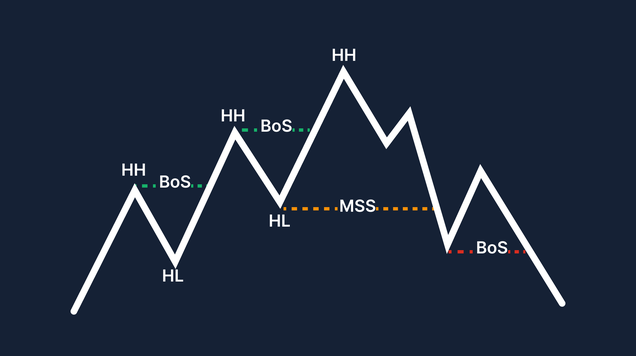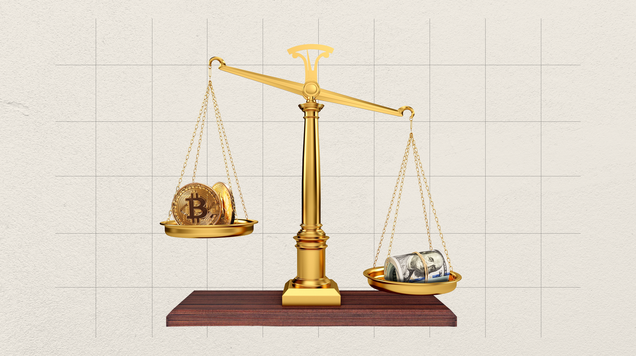Algorithmic trading: Automation at the heart of financial innovation
Data has always been a significant part of every trade. Market news, market volume, bid/ask quotes, price, company earnings — every piece of information indicates how traders move, when to move and what to trade. With technological advances influencing markets these days, traders can now analyse data with the efficiency and precision of a computer, executing algorithmic trading.

Algorithmic trading relies on mathematical models and rule-based triggers to execute trades seamlessly.
Algorithms can forecast probable market patterns but remain vulnerable to rare, disruptive events.
Core strategies include trend-following, mean reversion, arbitrage, and index fund rebalancing.
With emerging markets positioning as global financial hubs, algorithmic trading is accelerating efficiency and market competitiveness.
What is algorithmic trading?
Algorithmic, algo or automated trading is a practice that involves a computer program to execute trades. The program uses complex mathematical models and pre-defined rules (i.e., algorithms). When market conditions for those rules are met, the computer automatically buys or sells securities.
For instance, buy 500,000 shares of Visa Inc. (NYSE: V) if the price falls below $300. Buy 5,000 shares for every 0.1 per cent price increase beyond 300. Sell 5,000 shares for every 0.1 per cent price decrease beyond 300.
The algorithm scours the market, going through vast amounts of data to look for patterns at warp speed. It enables trades that spot opportunities no human trader would otherwise have spotted. Some traders may use algo trading for trend trading strategies, arbitrage and order execution.
Combining speed, efficiency and analytics, automated trading has the potential to raise your profits. We say ‘potential’ because nothing is ever guaranteed in investments, even with this level of technology.
Successful trades still spring out of robust strategies that experienced traders develop.
What are the advantages and disadvantages of algorithmic trading?
Using algorithms to trade stocks, currencies, futures or options does hold a lot of promise. For one thing, it doesn’t take up as much time as manual trading. For another, its speed allows you to seize opportunities at the right time.
With the advantages, however, there can also be some disadvantages.
Advantages
- Emotion-free execution - Because it’s rules-based, algo trades take out the emotion and bias from every decision.
- Optimised strategies - Analysis of data is in real-time, so you can spot trends instantly.
- Human intervention - Trading through algorithms is not fully automated, so you can still adjust the rules and modify strategies.
- Backtesting - You can test for different scenarios using historical and real-time data. Backtesting reveals whether your pre-defined rules will work for certain market conditions.
Disadvantages
- Technical problems - A system outage, a virus or equipment failure can all cause a glitch that could create massive losses.
- Black swan events - Trading algorithms use historical and current data; it’s not an oracle that can predict rare, negative events that cause market disruptions. Some examples include the COVID-19 pandemic, Black Monday and 9/11.
- High capital cost - Developing and executing algorithmic trades is still costly. You also need to consider ongoing fees for applications, hardware and networking power.
What are automated trading strategies?
Algorithm trading, like other forms of trading, does not guarantee profits. But with the appropriate strategies, you have the opportunity to improve earnings, reduce costs or manage risks.
Every strategy relies on a building block of key components, including technical, fundamental and sentiment analysis.
Here are a few algorithmic trading strategies:
Trend-following strategies
One of the easiest algo strategies, trend-following identifies and ‘follows’ trends in price level movements, moving averages, relevant technical indicators and channel breakouts. A popular strategy for traders is using the 50- to 200-day moving averages.
Mean reversion
This strategy follows the concept that the high and low prices of an asset are a temporary occurrence; that the price will eventually revert to its mean or average value. The algorithm identifies and defines a price range, implementing a trade when the asset’s price breaks in and out of its specified range.
Arbitrage
This algorithm trading strategy is about buying an asset where it’s cheaper (in one market) and selling it where it’s expensive (in another market). It enables trades that lock in a risk-free profit. The algorithm in stock trading identifies price differentials across multiple markets and automatically places the orders, creating profitable opportunities.
Index fund rebalancing
Index funds rebalance (i.e., buy some and sell other stocks to match their indices) periodically, creating profitable opportunities. Algo traders anticipate the rebalance, allowing them to adjust their positions accordingly.
The price movements are typically small but in large volumes, so the gains can be significant. The trading algorithm monitors rebalancing schedules and expected index changes, predicts the buy and sell pressure for stocks, and places trades at optimal prices.
How does automated trading affect the market?
Algorithmic trading is accelerating, with a growth forecast reaching US$28.44 billion by 2030. About 61 per cent of institutional investors currently lead the market, and retail investors are likely to grow at 10.8 per cent by 2030.
Among US and Japanese equities, the latency competition has gone from microseconds to picoseconds. Companies are in an arms race to build faster computers to execute high-frequency algorithmic trading. HFT has given way to debates about liquidity fragility, volatility spikes and market fairness.
The regulatory landscape is also evolving to mitigate the potential risks this form of trading has on market stability. As the role of automated trading increases with technology becoming more sophisticated, regulations are likely to change as well.
Institutional and retail investors need the right tools to compete in a market that’s increasingly shifting to automation. Trade with advanced technology, robust execution speeds and insights with Equiti trading platforms today.
